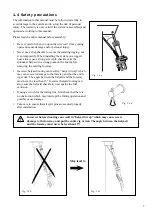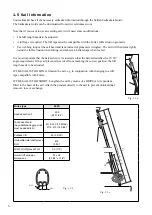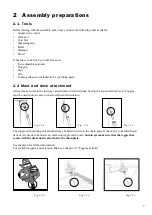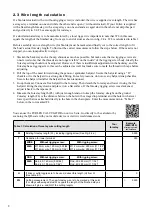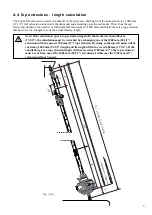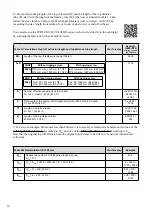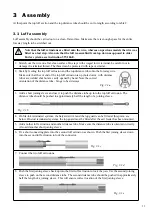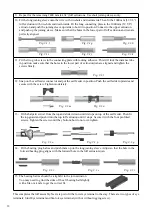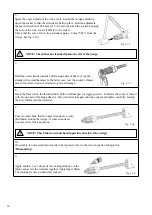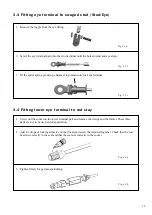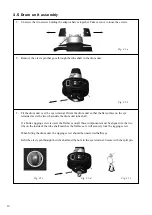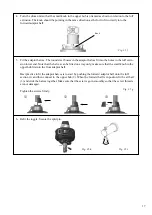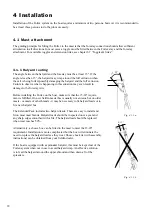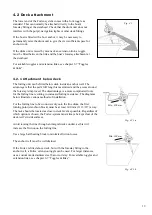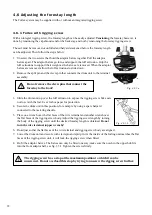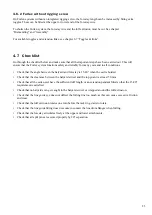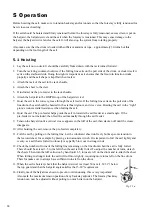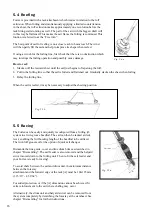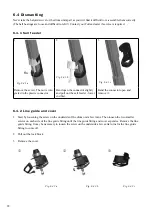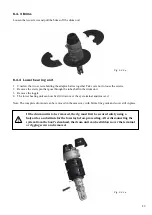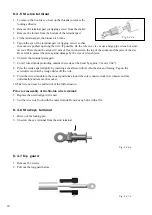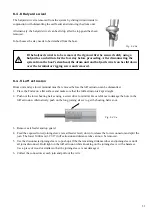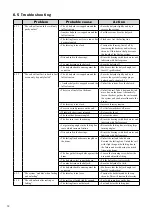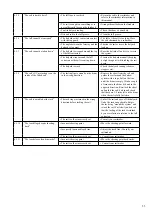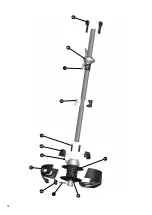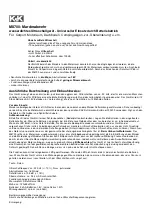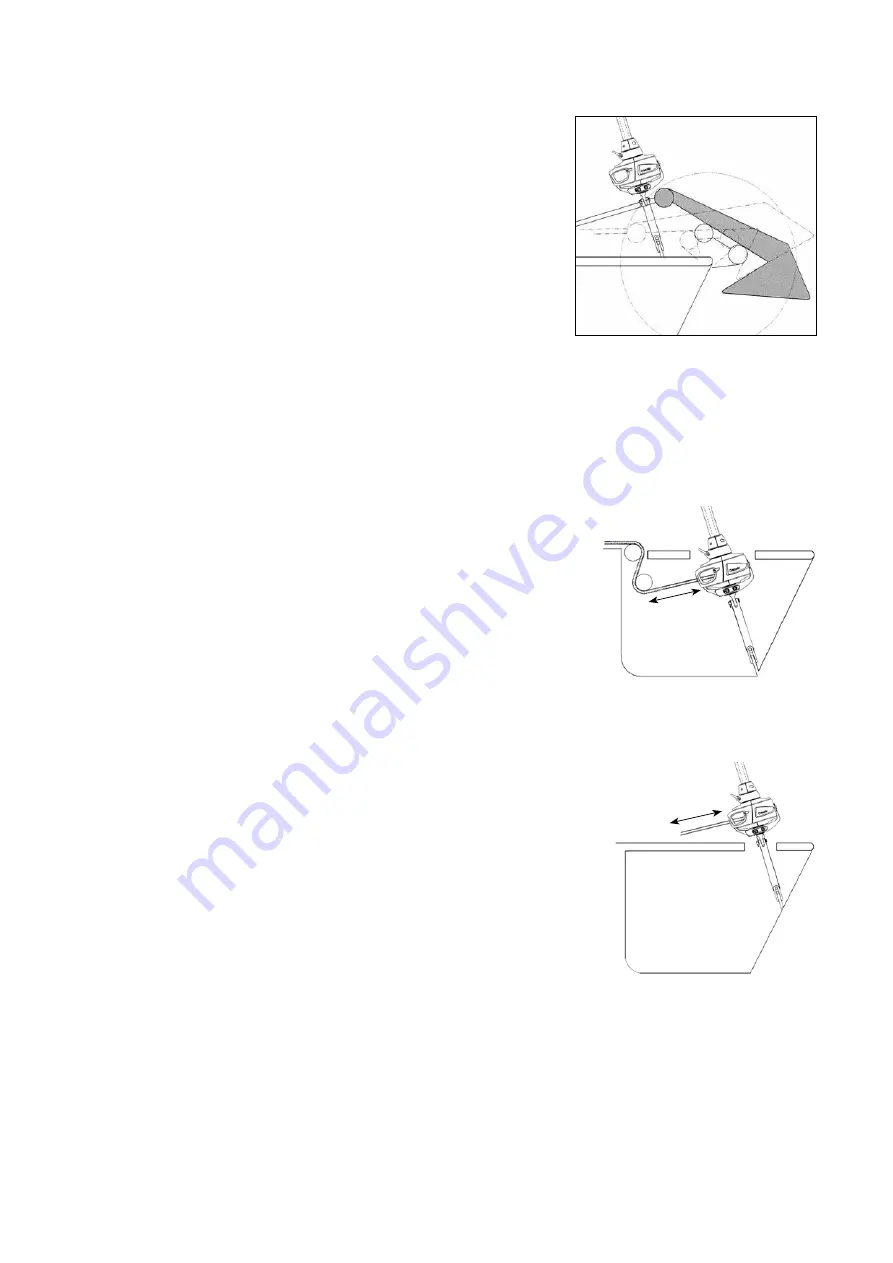
19
4.2 Deck attachment
4.2.1 Attachment below deck
The lower end of the Furlex-system comes with a fork toggle as
standard. This can normally be attached directly to the boat’s
forestay fitting at the stemhead. Check that the drum unit does not
interfere with the pulpit, navigation lights or other deck fittings.
If the boat is fitted with a bow anchor, it may be necessary to
permanently raise the drum unit to give the crew sufficient space for
anchor work.
If the drum unit is raised by means of an extension link, a toggle
must be fitted between the link and the boat’s forestay attachment at
the stemhead.
For available toggles and extension links, see chapter 6.7 “Toggles
& links”.
The furling unit can be fitted below deck inside an anchor well. The
advantage is that the sail’s luff length is maximized and the access around
the forestay is improved. The disadvantage is a more complicated route
for the furling line resulting in increased furling resistance. The diagrams
below illustrate various methods of installation.
For the furling line to be wound evenly onto the line drum, the first
turning point (stanchion block) must be at least 300 mm (11 13/16”) away.
The tack should be located as close to deck level as possible. Regardless of
which option is chosen, the Furlex-system must always be kept clear of the
deck well’s inside surfaces.
Avoid routing the line through an integral deck conduit, as this will
increase the friction on the furling line.
Use a large ball bearing block to minimize friction losses.
The anchor well must be well drained.
If the Furlex is fitted above deck, but with the forestay fitting in the
anchor well, a Furlex extension toggle can be used. For larger distances,
use a custom made stainless steel bar or rod stay. For available toggles and
extension links, see chapter 6.7 “Toggles & links”.
Min. 300 mm
Fig. 4.2
Fig. 4.2.1.a
Fig. 4.2.1.b
Min. 300 mm

